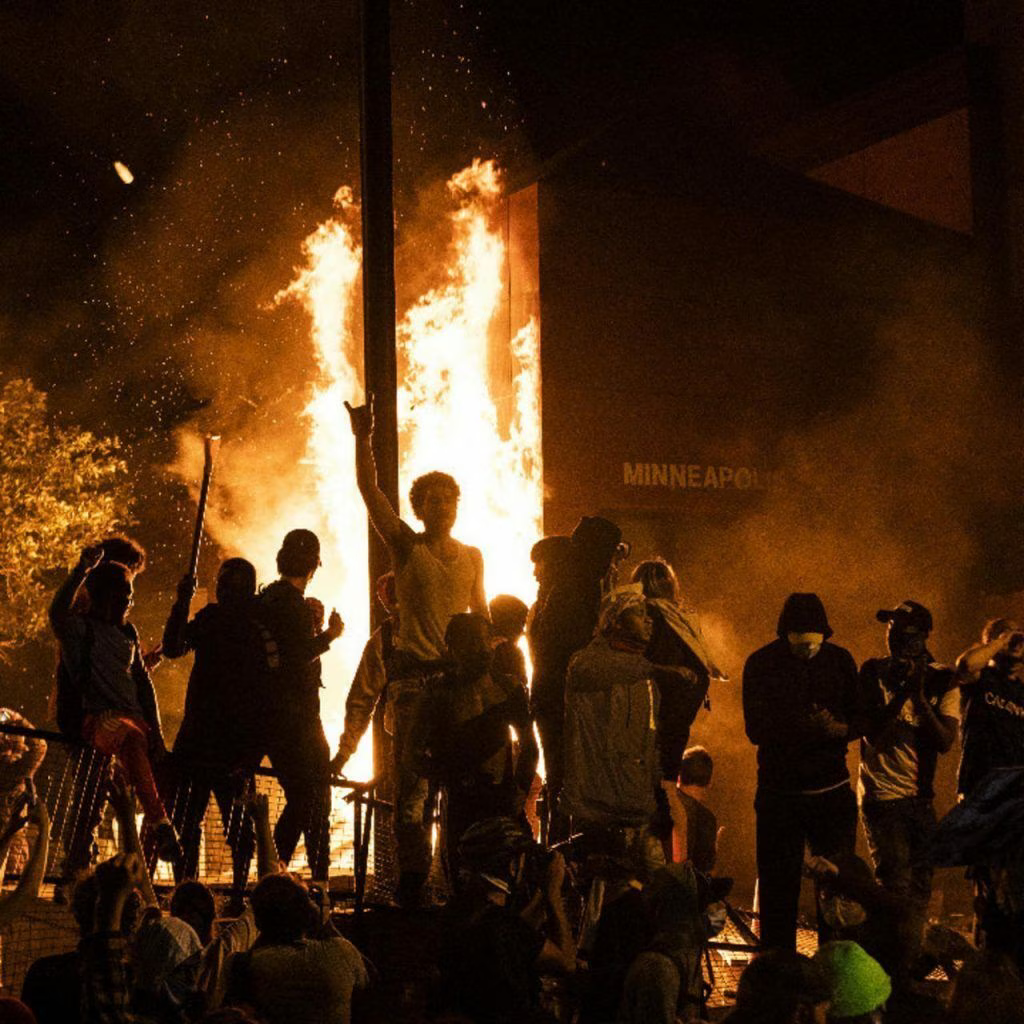Civil War Would Look Different This Time

A lot of people are talking about another American Civil War.
A number of white nationalist groups are even hoping for one, and the boogaloo movement > is based completely around the idea.
Nobody obviously knows if that’ll happen, or what it would look like, but there’s a deeper problem with even defining it. What does it mean to have a Civil War in a country where people aren’t separated geographically?
I’m sure there are many examples we can look at throughout the world, where there are internal conflicts between peoples, and I’m curious where the line is between internal strife, internal violence, and civil war.
As a layperson on the topic my first inclination is that you’d need the warring factions to be separated from each other, and that’s what makes it seem strange in the US today.
There are some neighborhoods that are somewhat homogenous, obviously.
If the reason for the war is race, what are the sides? Crazy white people on one side and everyone else on the other? White people against Black people? The problem there, of course, is that there are white and Black people all over the place. They’re interspersed within states, cities, and even neighborhoods, so it’d be pretty difficult to group people on one "side" vs. another.
Or maybe the idea is not race but class. But that’s the same problem. Every state and most cities have rich and poorer areas, and the forming of sides once again seems like a logistical problem that would have difficulty reaching critical mass.
But perhaps the standard is just different now. Maybe it’s not a matter of clear sides, per say, but rather just the reaching X level of unrest over Y number of distinct areas.
Civil War can’t look the same this time because there aren’t clear sides separated by geography.
Throw in some anti-Government for good measure.
So whether it’s anti-white, anti-non-white, anti-rich, or anti-elite—it’s really all the same. It’s people deciding that they don’t like the current system, going outside and getting violent. And then when those various groups meet, then you get the clashes.
As we saw from the protests and riots earlier in 2020, it’s pretty easy to have confusion at a riot or protest. People aren’t exactly wearing color-coordinated team uniforms that are associated with mission statements.
I’ve witnessed—and even been in a couple of situations—where someone tries to break up a fight among people on the same side, and they suddenly get attacked by someone thinking they’re part of the other side, which spawns a violent response.
So, yeah, I think that’s really the standard at this point—basically a certain level of unrest, spread over a certain number of cities, that lasts a certain amount of time. Whether it’s 1%-based, or race-based—I’m not sure that matters as much.
There are lots of reasons people could erupt at this point. The real question is how widespread it is, how intense, and how long-lasting.
I think that’s what Civil War means at this stage of America’s lifespan.